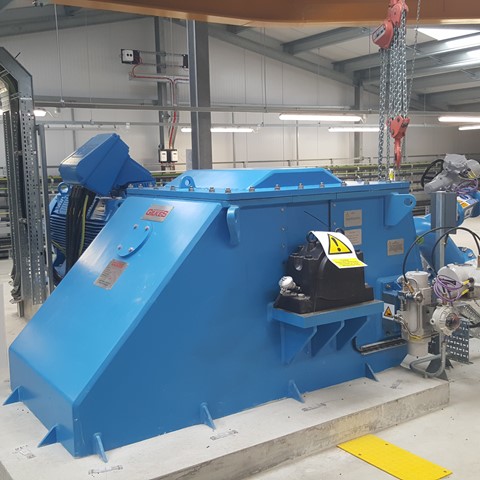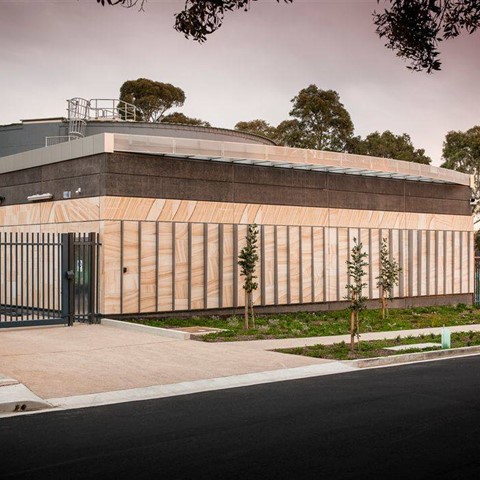Sherard Hydroelectric Facility
The Vertical 5 jet Pelton turbine produces enough electricity to power the City of Cheyenne's water treatment facility
Read MoreEnergy recovery in the context of hydropower is the extraction of the potential energy of flowing water from a pressurised water source, usually already in existence for pre-prescribed purposes.
Examples of the pre-prescribed purposes include, but are not limited to;
The above types of conveyance or transfer occur typically under a gravity fed scenario through a network of large and medium diameter pipes, or aqueducts, but can sometimes be pumped applications. In any case, pressure builds from the higher elevation to its lower point of distribution and needs to be reduced prior to entering either a water treatment plant or a municipal distribution system.
In the majority of situations, the pressure at the point on treatment or distribution is reduced by the means of a pressure reducing valve or PRV. These valves destroy the potential energy of the water that has built up in the pipelines and reduces it to an acceptable pressure level for commercial and household distribution. These PRV’s consume energy in terms of the electrical power required to operate it.

Gilkes offers solutions whereby the potential energy that was once destroyed can be utilized for power production.
Gilkes has a range of turbines that can be optimized to a specific site to harness the potential energy of the water and turn it into electricity, utilizing either a reaction or impulse style of turbine. Where downstream pressure is required, or a turbine is fitted within a pressurized system, a Francis (reaction) turbine is the preferred choice. If the turbine can discharge to atmosphere, then a Gilkes Turgo or Pelton turbine can be installed. The Gilkes Turgo is ideally suited to and is often installed at the head of a water treatment facility where it can be utilized to control flow through the facility as well as generate power at the same time.
The electrical power that is produced by our turbines can be used in a number of different ways;
In all scenarios, water delivery is paramount and energy recovery a secondary function. To ensure the safety of the treatment plant or municipal headworks, the turbine will almost always be placed in parallel with a PRV to ensure that if either is offline for any reason, water can still be conveyed as needed for processing or delivery to consumers.
The Seacliff project is an example of mini-hydro equipment within a desalination plant, as part of SA Water’s North South Interconnection System Project. Read the full case study below.

The Vertical 5 jet Pelton turbine produces enough electricity to power the City of Cheyenne's water treatment facility
Read More
Bryn Cowlyd Water Treatment Works
Read More
Seacliff Case Study
Read More